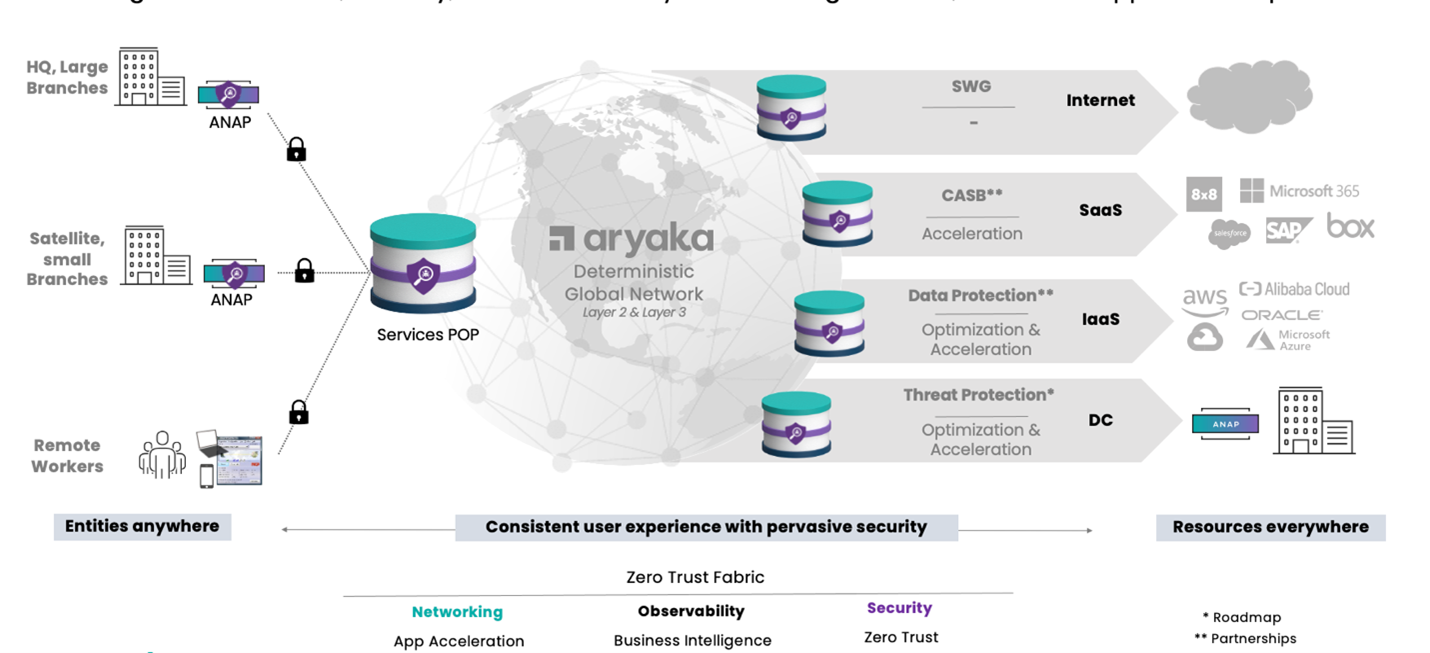The Benefits of Converging Network and Security

If you’re following the networking and security space, I’m sure you’ve read a lot about convergence over the past year or so. And, every day you probably have the best example of convergence in your pocket. Your smartphone, combining music, social, camera, navigation, videos, and if you really want to, phone calls! But what does it really mean, and why should you care? The relevant dictionary definition is rather straightforward – ‘the merging of distinct technologies, industries, or devices into a unified whole.’ Not long ago, Marc Benioff, the founder of Salesforce, wrote about this in the following way –
“The convergence of social, mobile, cloud, big data, community, and other powerful forces is reshaping the world. The combination of these technologies unlocks an incredible opportunity to connect everything together in a new way and is dramatically transforming the way we live and work.”
We’re not here today to talk about society or big data, but something closer to what we’re addressing at Aryaka, the convergence of networking and security. In fact, enterprises have been at this for quite a while, and in that light, Gartner in 2019 codified it as SASE, or the Secure Access Service Edge. The concept is to bring together traditionally separate silos to deploy a cloud-first architecture that is more secure, more cost-effective, easier to manage, and more adaptable. By breaking down these silos, it facilitates a consistent set of policies spanning user/device identity and context. It creates a consistent user experience by applying these policies to users and devices wherever they reside, and connecting to any resource, both cloud-based and on-prem.
Introducing another term, this consistency requires an infrastructure built on zero-trust principles, where the application of policies and services is pervasive across the network, avoiding tradeoffs, inefficiencies, and potential security black-holes. In fact, Gartner uses this exact terminology, with zero trust acting as the north star in deploying a SASE architecture. And as a review, a true SASE deployment requires both the connectivity via SD-WAN, and the security via the Secure Service Edge, or SSE.
At Aryaka, our approach is via what we call a Unified SASE architecture, a term from Dell’Oro, and a Zero-Trust WAN as the guiding principle. Our Hyperscale PoPs, distributed across the globe, and connected by fiber, offers the pervasive services architecture described above. By Unified we mean a tightly coupled, single pass high-performance architecture that integrates networking, security, and observability. Remember the word ‘unified’ in the definition above. Bingo!

Aryaka Unified SASE based on a Zero Trust WAN
But we know technology for just the hell of it isn’t going to be much good. So, what are some of the business benefits of convergence? Why should you care? A Unified SASE architecture as delivered by Aryaka results in less operational burden, more robust security no vendor-to-vendor finger-pointing, clear and consistent business SLAs, and ultimately a reduced TCO.
If you’d like a deeper dive on convergence and SASE, take a listen to our latest ‘SASE in 15 Minutes’ webinar –
Episode 1: https://www.aryaka.com/events-webinars/get-sase-in-15-series/zero-trust-definitions/
Dell’Oro report, IDC Zero Trust report, Unified SASE WP, and PoP Architecture WP
